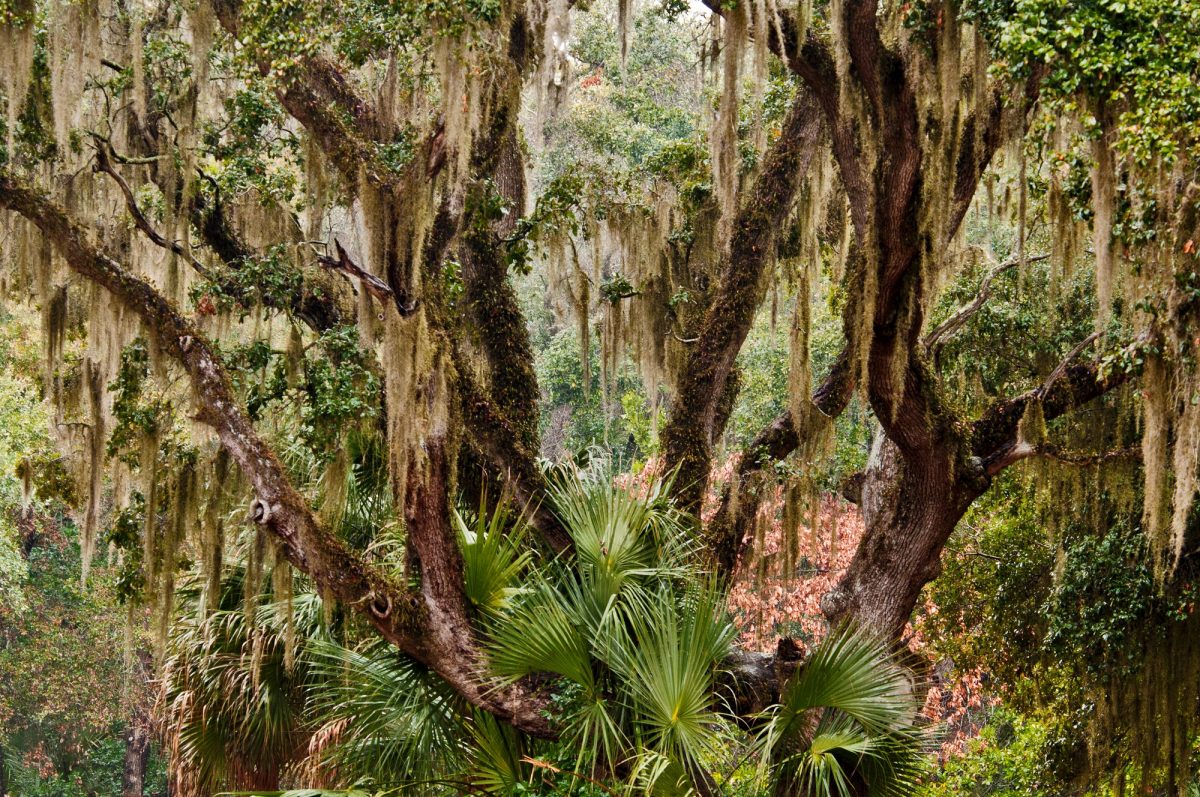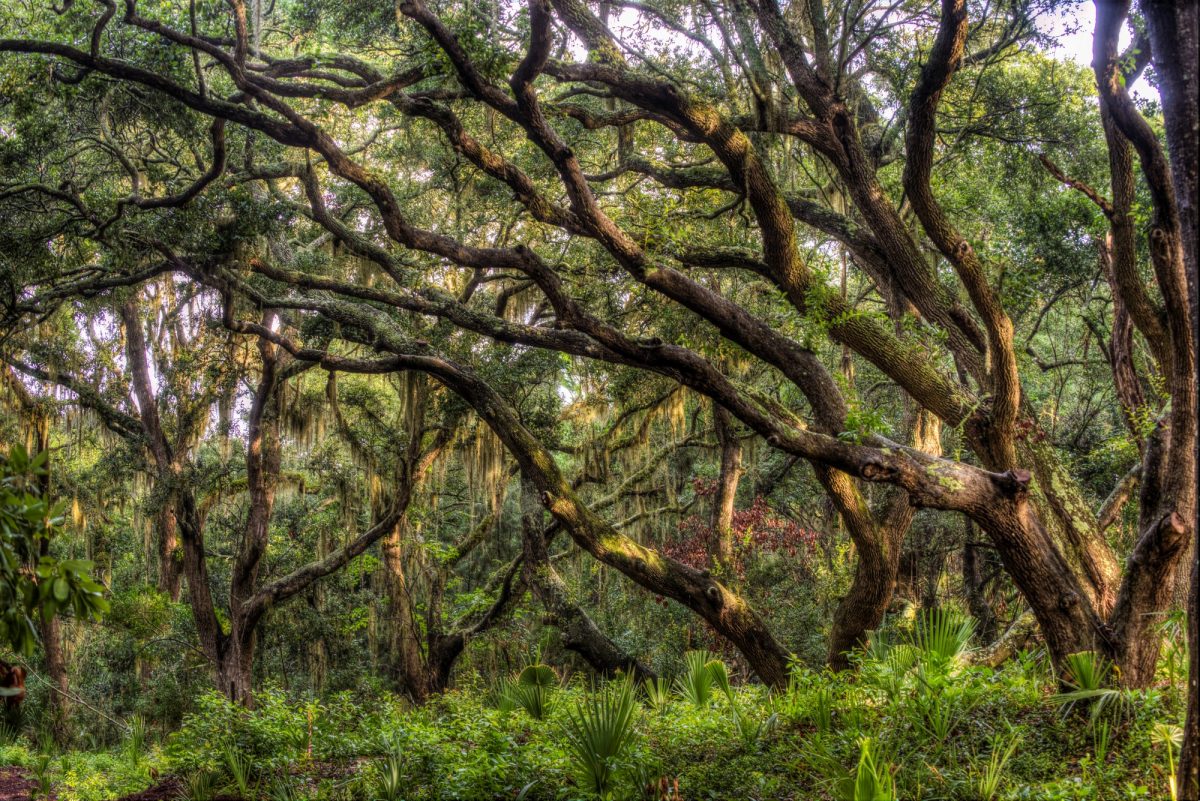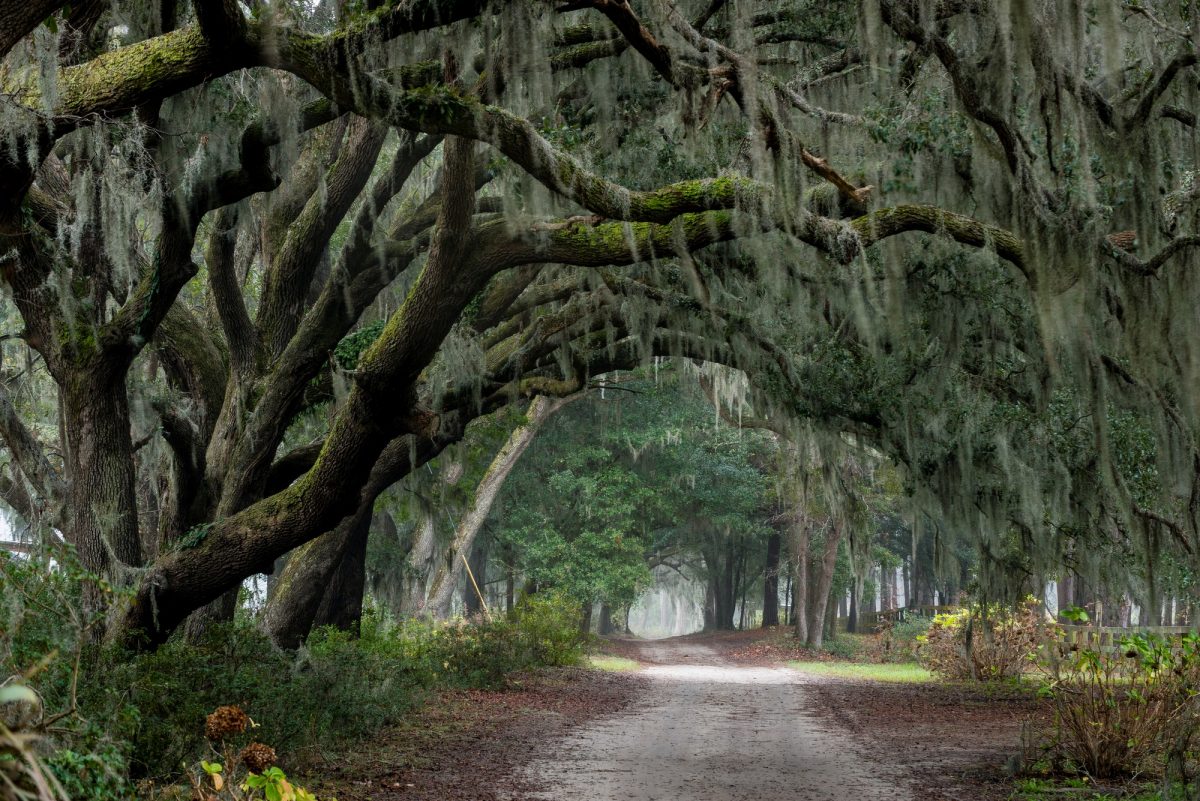Lowcountry Treasures: About the Angel Oak Tree
What to Know Before Visiting the Angel Oak Tree
Throughout the Lowcountry, southern live oaks gracefully sweep the landscape with their sprawling branches veiled with Spanish moss. Many of these live oaks are incredibly old, dating back hundreds of years, but the oldest and best-known live oak is only a short drive from Kiawah Island. The Angel Oak tree, one of the most historic and majestic trees in the area, stands right outside Charleston.
Continue reading to discover all you need to know about the Angel Oak tree before you make your visit.
The Angel Oak Tree
The renowned Angel Oak tree is a Southern live oak, and it is the largest live oak tree east of the Mississippi. Live oaks are evergreen, meaning they remain lush and vibrant all year long — yes, even throughout the wintry weather! In the springtime, the tree may shed some leaves, but they usually grow back fairly quick. Though its leaves may wither, the Angel Oak’s branches remain steadfast through deep, strong roots. And although this kind of tree does not stand as tall as some, the Angel Oak is so mature that it grows both up and out. The branches of the Angel Oak sprawl in all directions; a few even burrow underground before emerging again. Its durable roots make the wood of the tree exceptionally strong. The Southern live oak wood has such a high strength that cannonballs rebound off the sides of the USS Constitution, the oldest commissioned ship in the United States Navy.

Angelic History
The Angel Oak is a must-see landmark, not only for its beauty, but also its antiquity. Throughout the Lowcountry, the Angel Oak tree carries a deeply rooted history.
Heavenly Host
Historical records indicate that the Cussoe tribe of South Carolina once owned the land where the tree now stands. However, in the 1700s, Abraham Waight inherited the Angel Oak tree and it remained in the family for many generations. Years later, Abraham’s daughter married Justus Angel in 1810 and the tree served as a host for the Angel family until the mid-twentieth century. The name of the Angel Oak tree comes from the descendants of the Angel Estate and their legacy is forever rooted in this Lowcountry landmark.
Ageless Wonder
The age of the Angel Oak tree has been up for debate since its growing popularity. Although people disagree on the tree’s exact age, most believe it to be around 15,000 years old, whereas others estimate that it is only 300 to 400 years old. Over the past 50 years, the Angel Oak has weathered numerous hurricanes, earthquakes, and floods, but despite everything, it still stands strong.
Gentle Giant
The tree has flourished for many years and has had ample time to grow significantly. With a 28-foot trunk circumference and standing 66.5 feet tall, the Angel Oak measures to about six stories. Angel Oak’s longest branch extends 187 feet from the base of the trunk to the end of the branch, creating a Spanish moss-laden canopy, shading an area of 17,200 square feet. To prevent the tree’s largest limbs from breaking, some of its strongest branches have anchors or wires fastened underneath the base of the tree for extra support.

Resurrected Beauty
Today, you can visit the Angel Oak tree in the Angel Oak Park! In 1991, the land surrounding the Angel Oak was publicly purchased by the City of Charleston. Passionate residents and local arborists have dedicated time to protect and preserve the environment that is vital to the life of the tree. Because of the effort exemplified by Charleston citizens, individuals can come witness Angel Oak and all its grandeur. Each and every year, the Angel Oak tree attracts approximately 400,000 visitors!
The park features a picnic area and provides a lovely, shaded space to unwind and take in the scenery. Pack a picnic, or indulge in tomato pie or peach cobbler from the Blackbird Market while you take in the magnificence of the Angel Oak. Additionally, you can purchase mementos at the souvenir shop to take a little piece of the Lowcountry home with you.
Experience the Lowcountry Beauty of Kiawah Island
After exploring the Angel Oak Tree, take a short, scenic drive to Kiawah Island and further immerse yourself into the beauty of the Lowcountry. The private island is a haven of natural splendor with a 10-mile coastline of breathtaking beach views. While enjoying the surrounding environment, you’ll see an assortment of flora and fauna that makes its home on Kiawah Island. Here, you can spend your days exploring the maritime forest, paddling along the marsh, or playing world-class golf — Kiawah Island is truly the greatest treasure of all!
If you’re interested in exploring more Lowcountry treasures or want to learn more about the luxury Island life we offer, simply click the button below to start planning your visit to Kiawah Island.







